Request a Call back
(281) 394-1876
Servicing the Houston Area
Blog Layout
Clay Tile Vs. Metal Roofing
June 28, 2023
Tile roofing is a popular choice for homeowners who want a roof that adds to the aesthetic value of their property. Both clay tiles and metal roofing materials are durable options that instantly upgrade the look of any home that features them. However, there are some key differences between the two. Here is everything you need to know about clay and metal roofing.
Durability Considerations
Both clay tiles and metal are considered highly durable. According to the Tile Roofing Institute, clay tiles can resist damage from hail stones as large as two inches in diameter. That is about the size of golf balls.
However, when it comes to cracking and chipping tests, metal sheets are found to be more durable than clay tiles. Clay tiles are fired in a kiln to create a strong, durable material. However, they have also been known to crack and chip because of drastic weather changes (going from hot to cold or vice versa). With that in mind, clay tiles are the perfect option for areas with stable climates all year long. Metal roofs can withstand drastic temperature changes that clay tiles cannot, as well as bear the weight of heavy snow or rainfall in certain regions without concern.
Both options are good ones, but if you want a simple, reliable solution, clay tiles would be the right choice for you. If you live in a colder climate, metal may work best.
Weight Considerations
Clay tiles can weigh more than a metal roof. Why does the weight of the tiles matter? Your roof may have to be fortified to manage the extra weight of clay tiles. On average, according to Fixr, a clay roof is about 650 pounds per 100 square feet. That said, they also offer extra support given how bulky they are. Tiles are also easily replaceable in the event of damage, whereas metal roofs are installed with larger individual sheets that make repairs more involved.
Before anything can be installed, you will need to check the structure of your roof to ensure that it can support the weight of the tiles. Making changes to the structure of your roof to support the clay tiles may add more costs to the project. It's important to assess the existing structures first to see whether you can accommodate the weight of heavier roofing material.
Given the added costs and the additional work, clay tiles may still be the better option if you don't want to deal with the added work and costs. A roofing contractor could better explain the extra work it may take to get your roof up to speed for tiles. Installing tiles can be a quite simple process if you hire the right company.
Longevity Considerations
Clay tiles have an expected lifespan of 100 years or more, while metal roofs typically last between 80-100 years, according to our team. Additionally, clay tiles hold their appearance longer because clay is a natural material. Metal roofs may obtain small dents and scratches over time but will still hold up better than asphalt.
Another factor in the longevity of the roof's appearance is the water absorption rate. The water absorption rate for clay tiles is about half of what it is for other types of tiles. That means clay tiles are less apt to develop mold and mildew than other materials. Conveniently, metal roofs are also superb at remaining clean.
Cost Considerations
Hands down, clay tiles are less expensive than a metal roof. According to our team, you can pay up to $700 per 100 square feet for clay tiles depending on where you live, which is a steal compared to other tile materials in the market. For many homeowners, clay roofing tiles are the right choice because they are more economical.
Of course, clay tile roofing
is something you may not have to worry about for 100 years or more, and some homeowners feel it is worth the investment. The best way to decide which roofing tiles are right for your home is to work with a local roofing company.
A local roofing company will be familiar with the local climate and what materials will best meet those local climate needs. Call Rodriguez Roofing today to learn more about your options.
HOURS
This is a placeholder for the Yext Knolwedge Tags. This message will not appear on the live site, but only within the editor. The Yext Knowledge Tags are successfully installed and will be added to the website.
Monday
Tuesday
Wednesday
Thursday
Friday
Saturday
Sunday
This is a placeholder for the Yext Knolwedge Tags. This message will not appear on the live site, but only within the editor. The Yext Knowledge Tags are successfully installed and will be added to the website.
HOURS
This is a placeholder for the Yext Knolwedge Tags. This message will not appear on the live site, but only within the editor. The Yext Knowledge Tags are successfully installed and will be added to the website.
CONTACT US
This is a placeholder for the Yext Knolwedge Tags. This message will not appear on the live site, but only within the editor. The Yext Knowledge Tags are successfully installed and will be added to the website.
,
This is a placeholder for the Yext Knolwedge Tags. This message will not appear on the live site, but only within the editor. The Yext Knowledge Tags are successfully installed and will be added to the website.
This is a placeholder for the Yext Knolwedge Tags. This message will not appear on the live site, but only within the editor. The Yext Knowledge Tags are successfully installed and will be added to the website.
Hi. Do you need any help?
Privacy Policy
| Do Not Share My Information
| Conditions of Use
| Notice and Take Down Policy
| Website Accessibility Policy
© 2025
The content on this website is owned by us and our licensors. Do not copy any content (including images) without our consent.

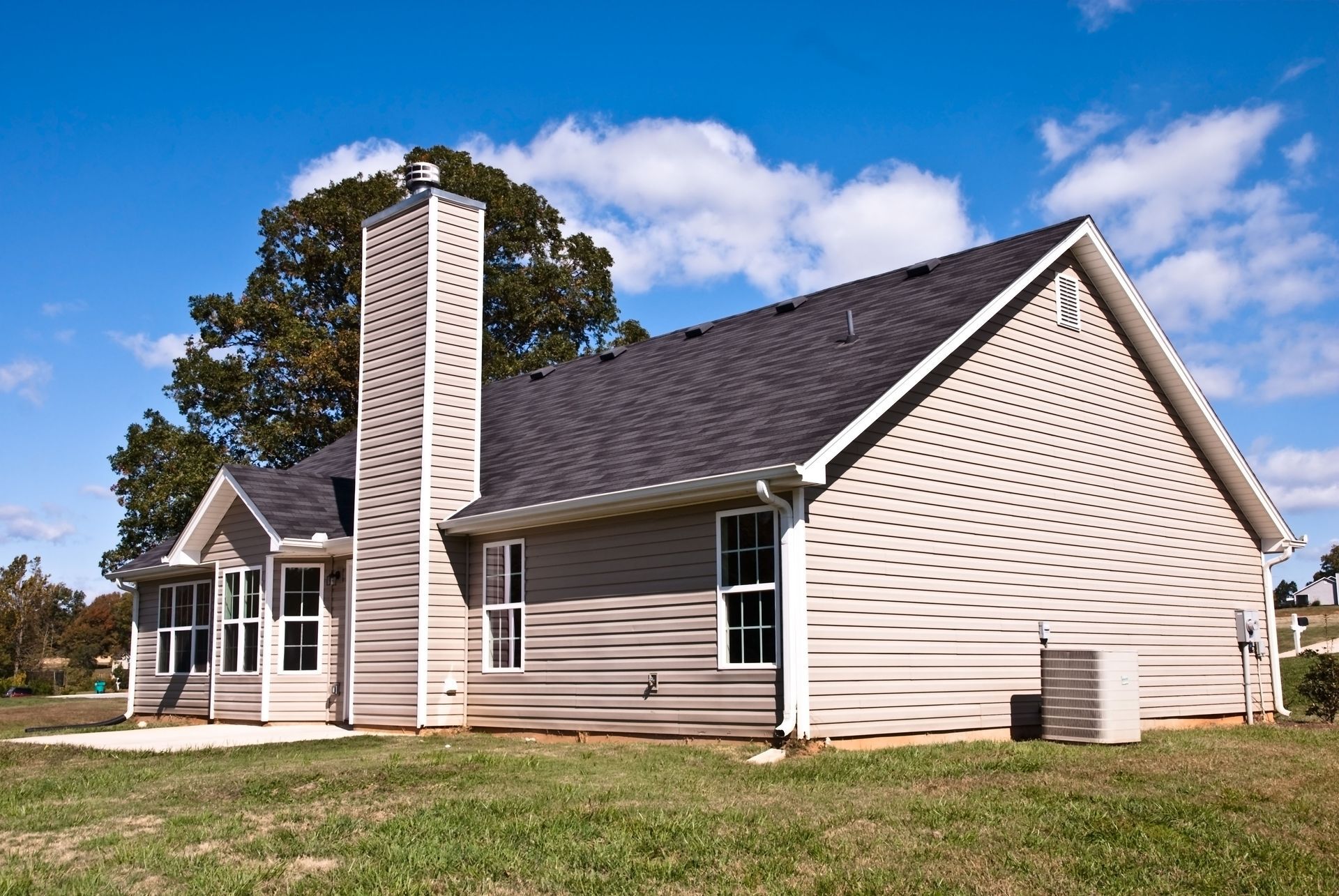
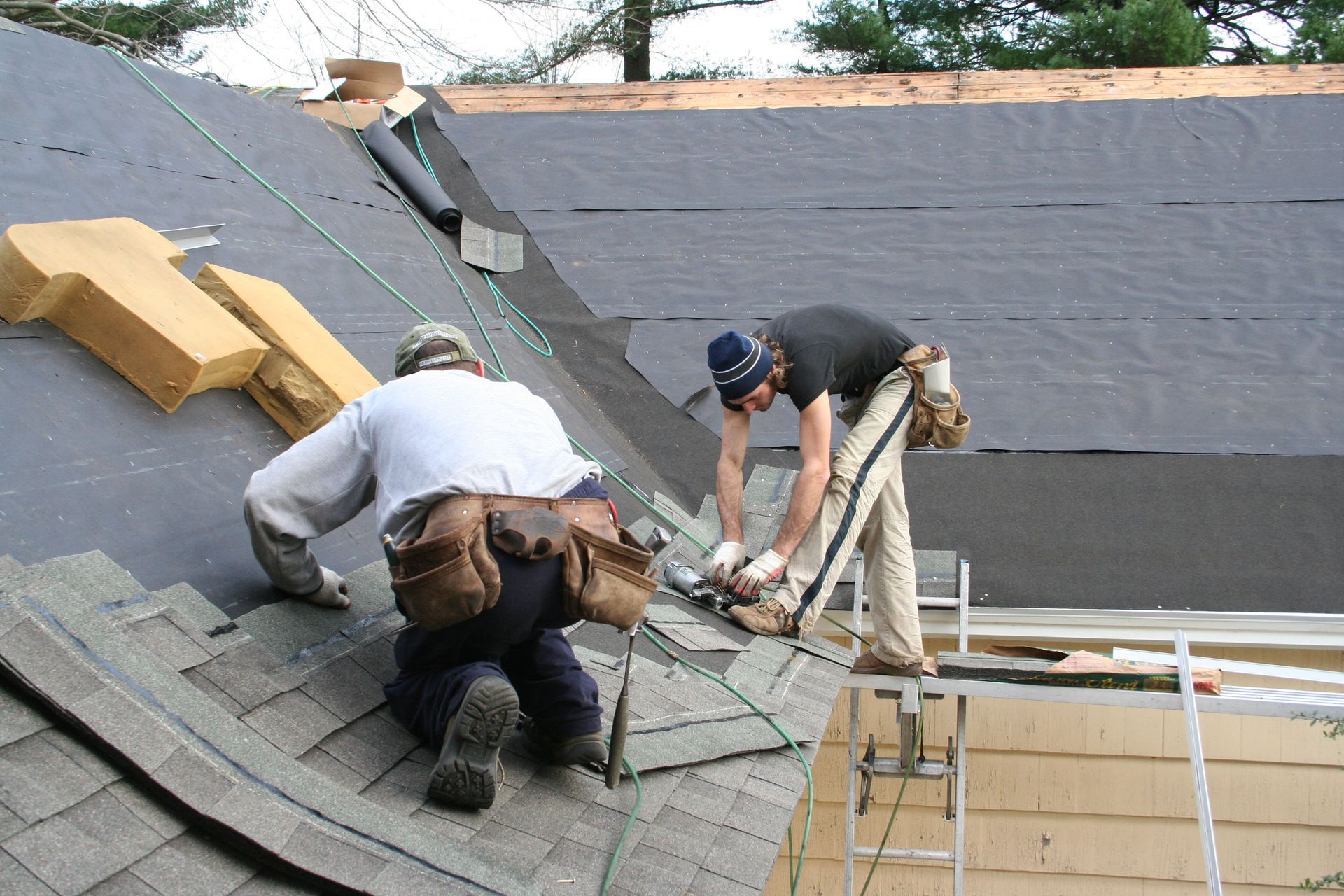
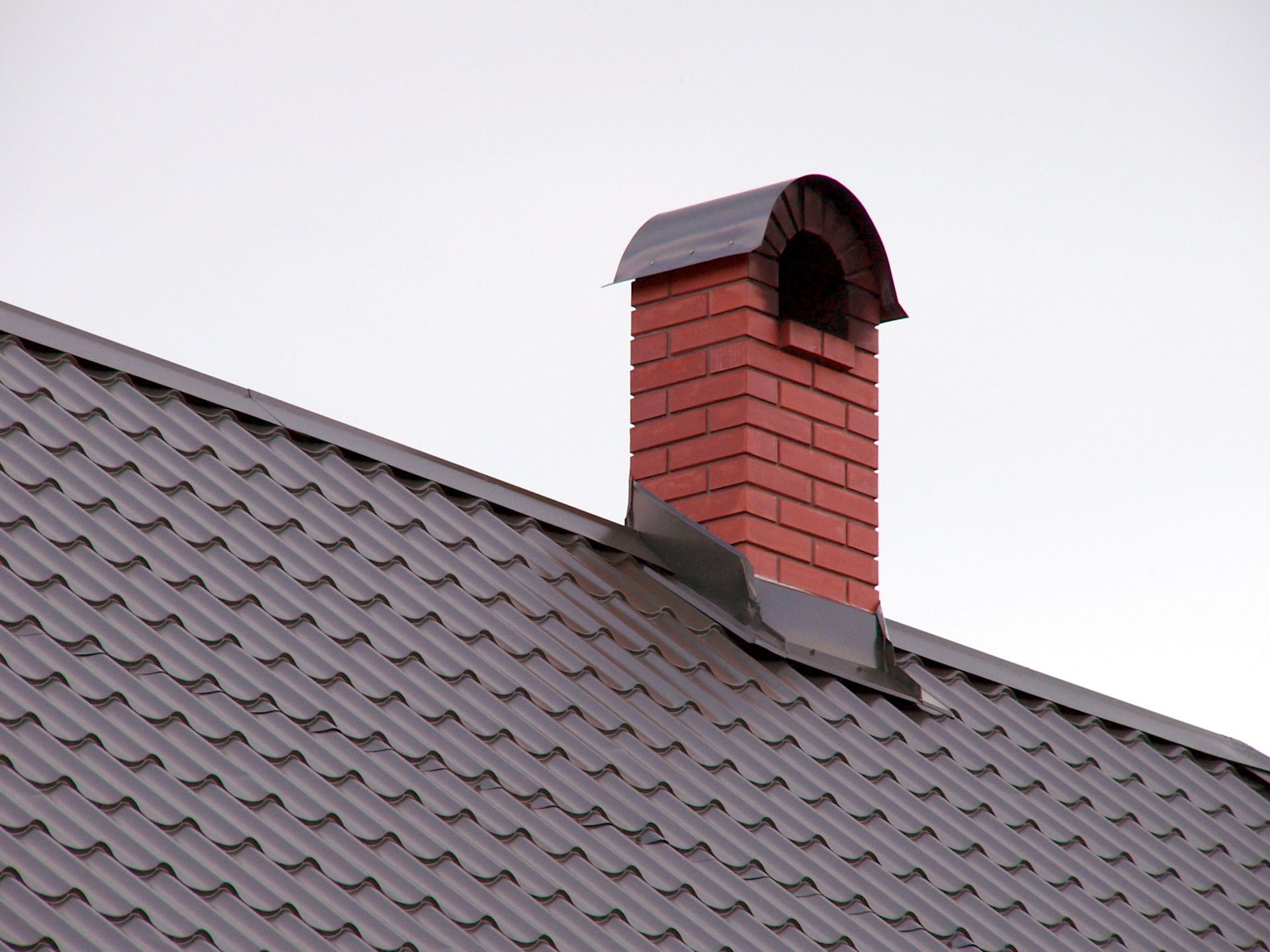
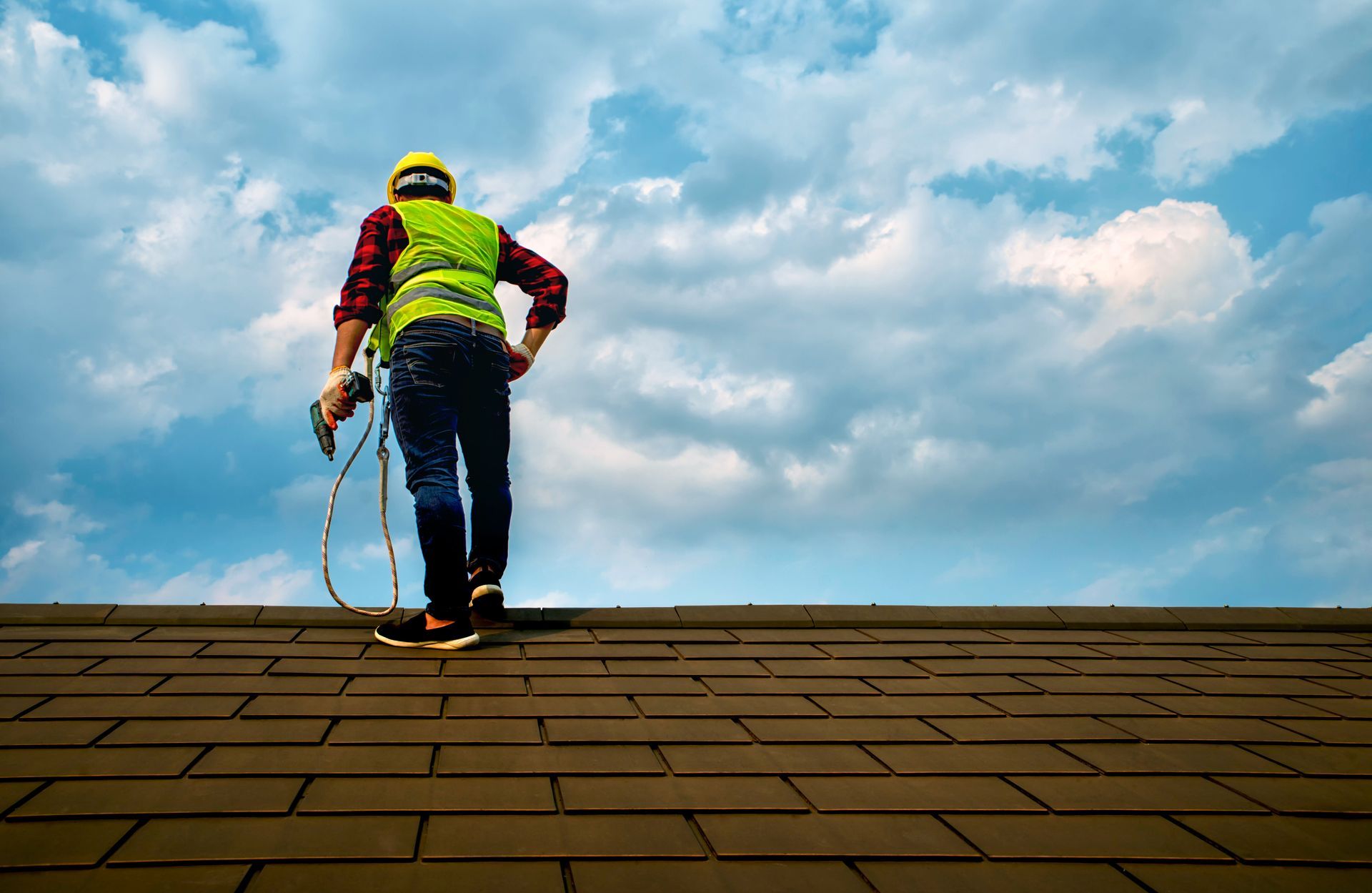


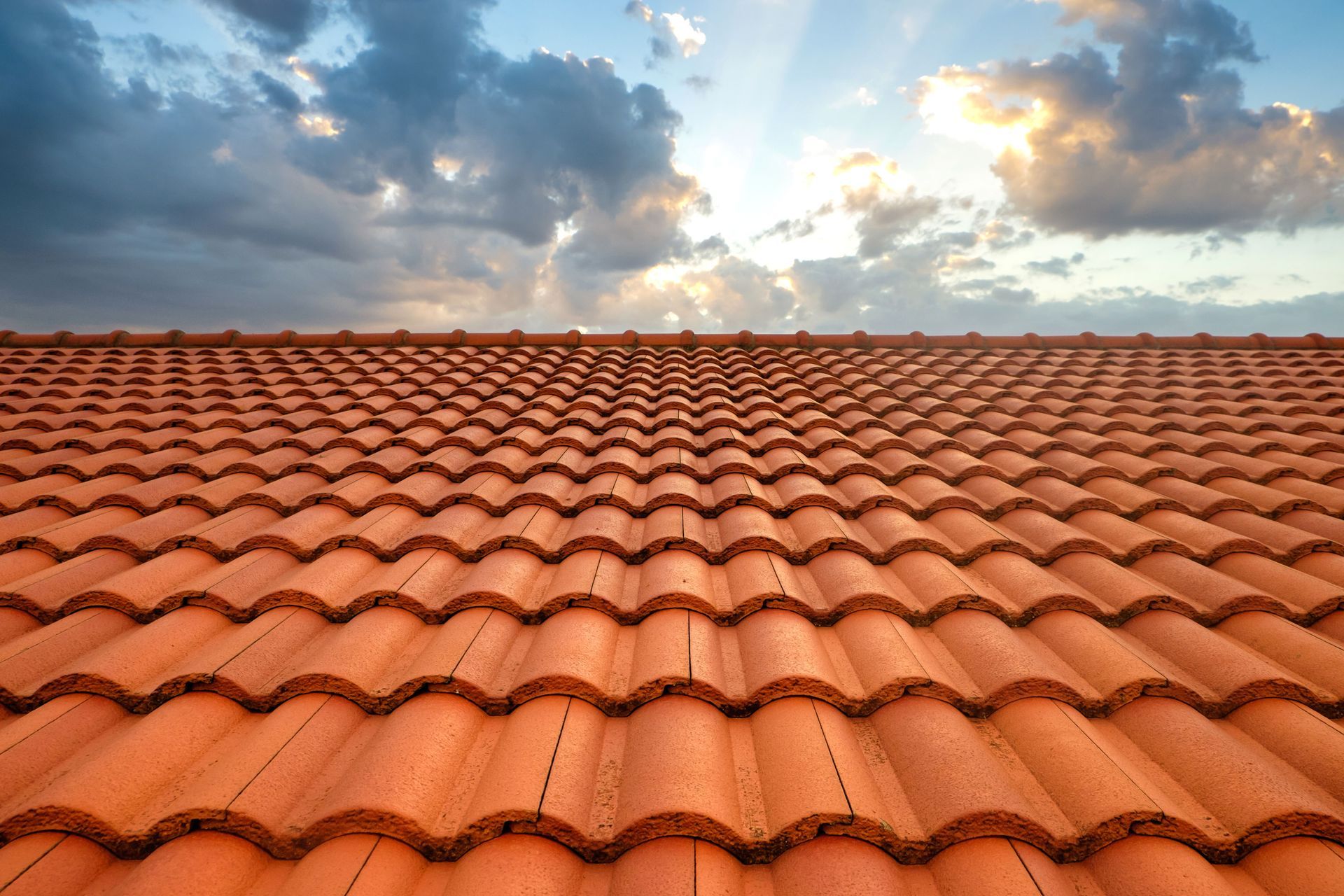
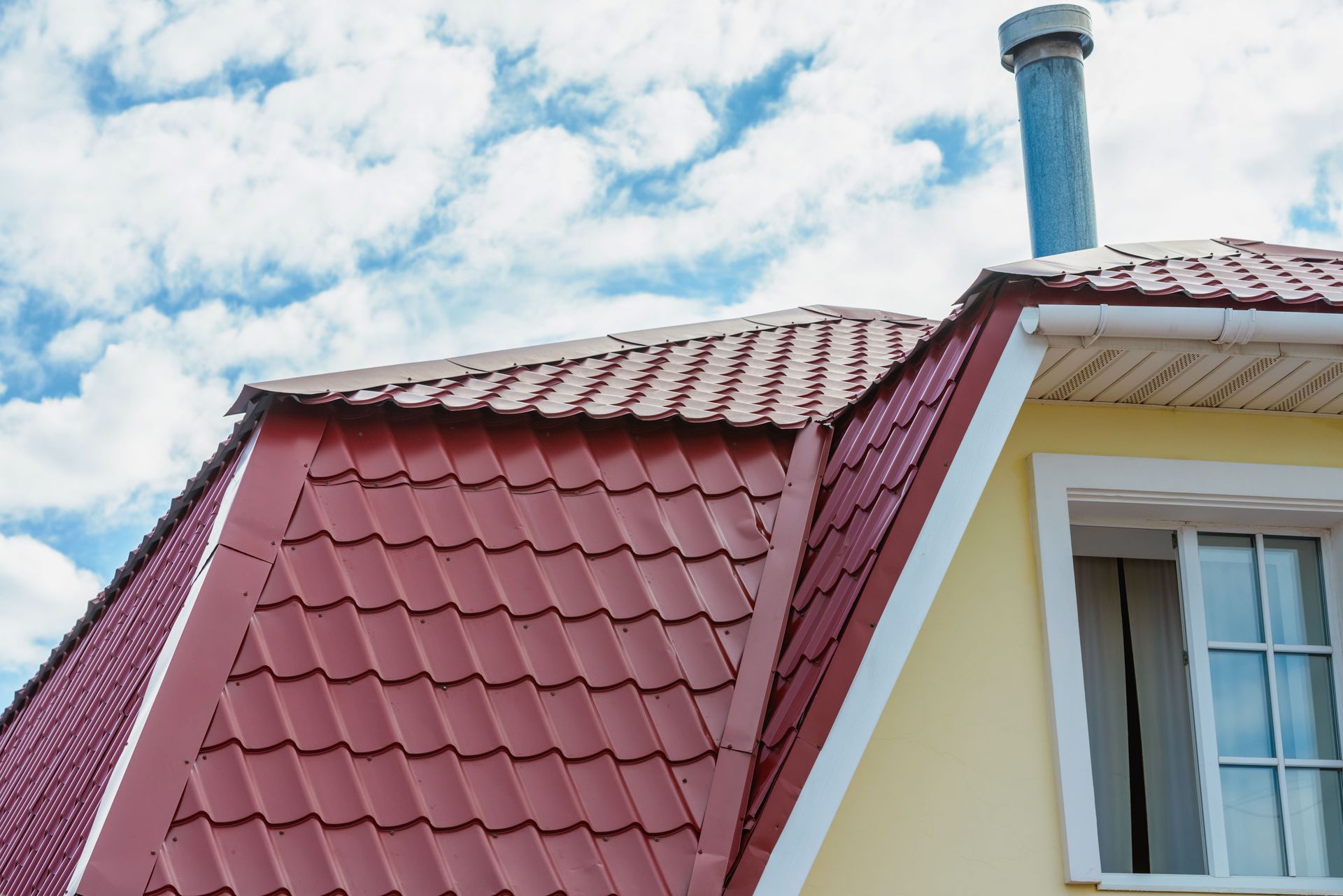
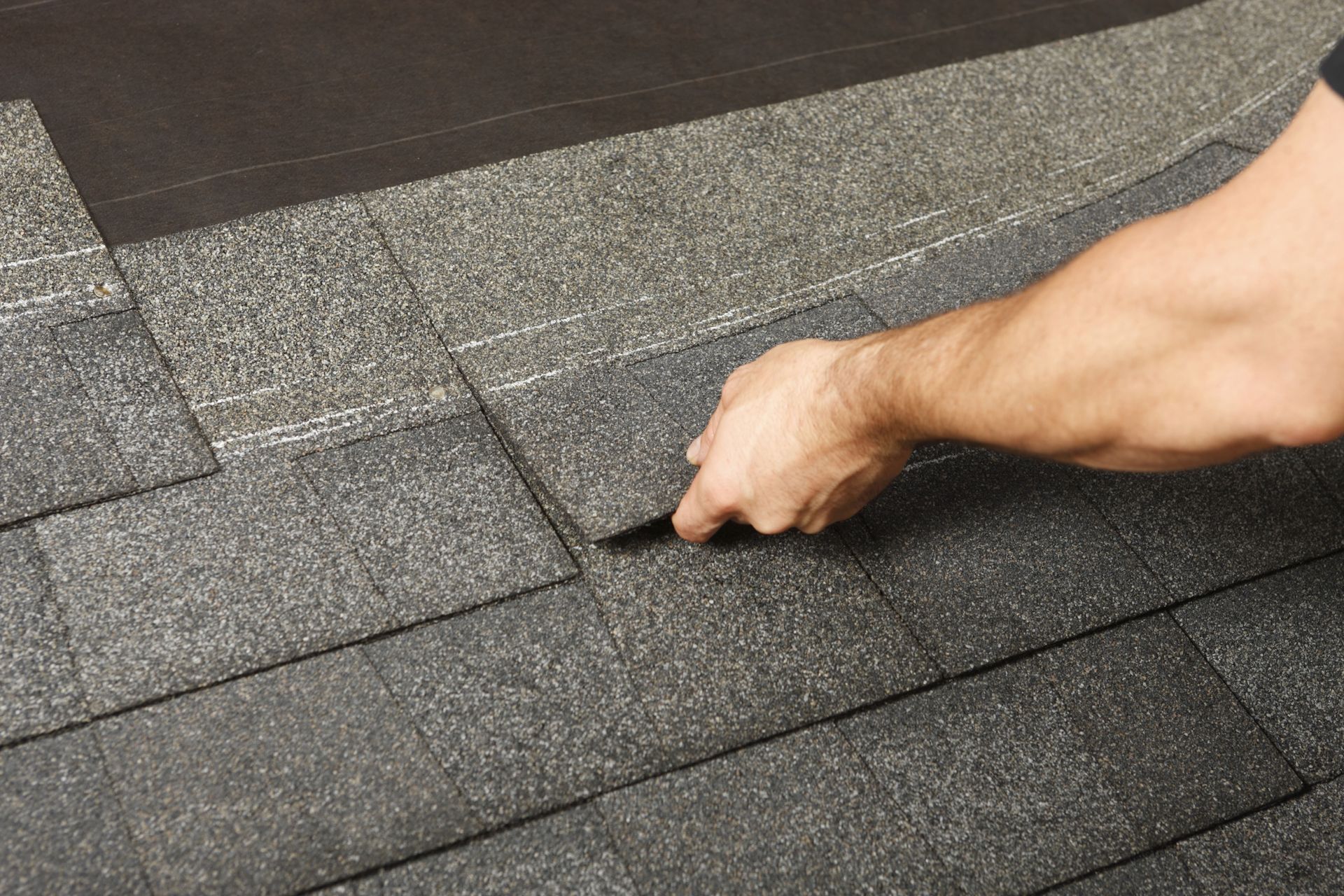






Share On: